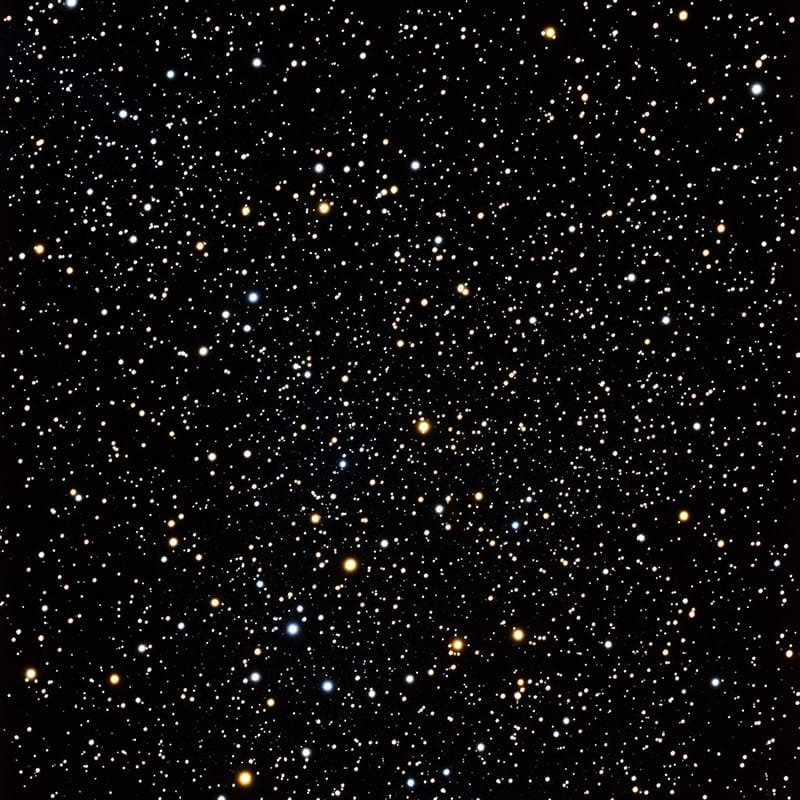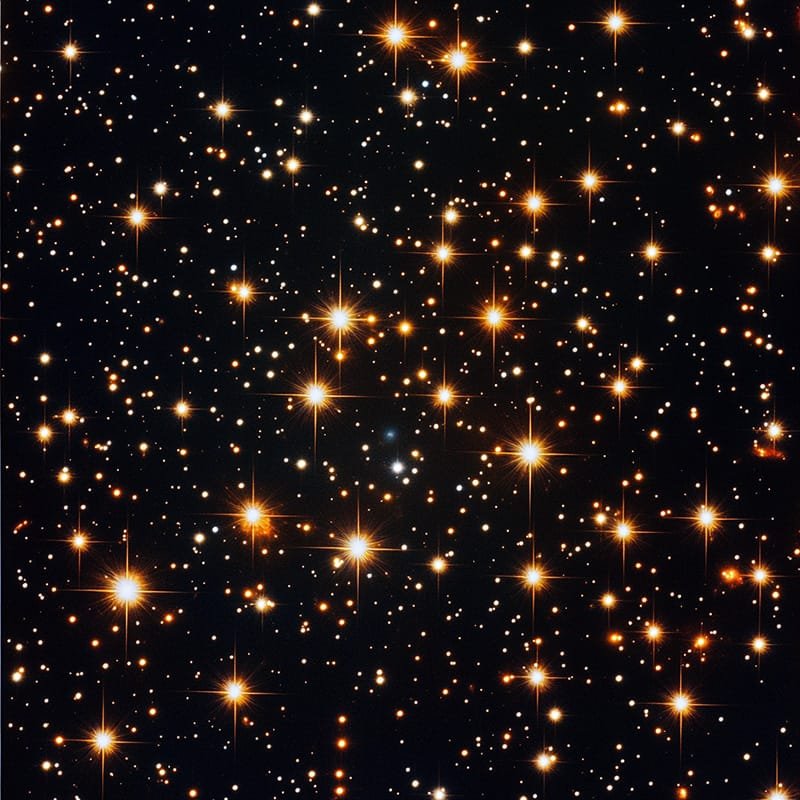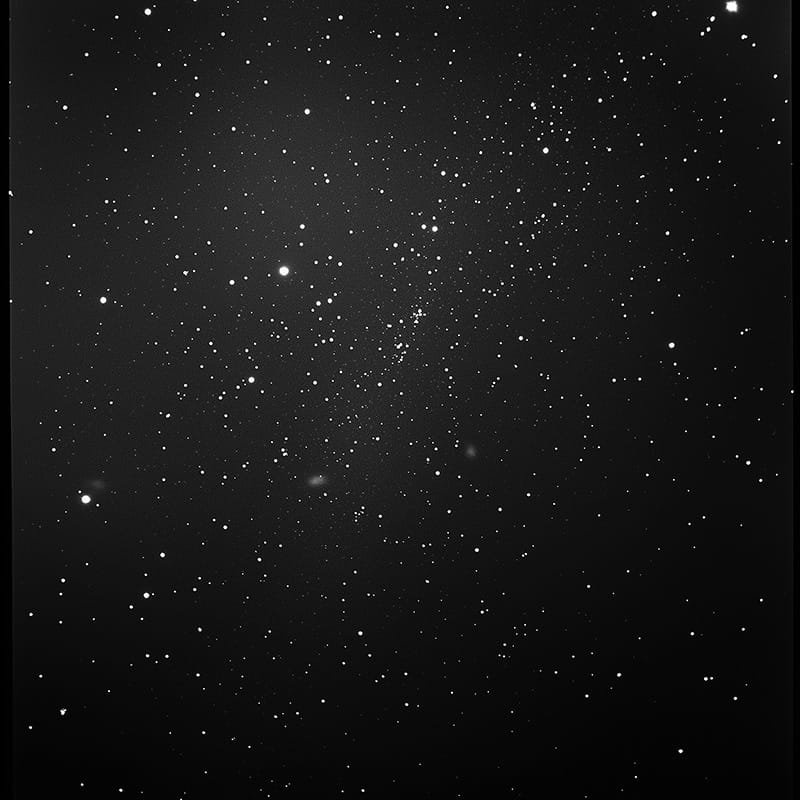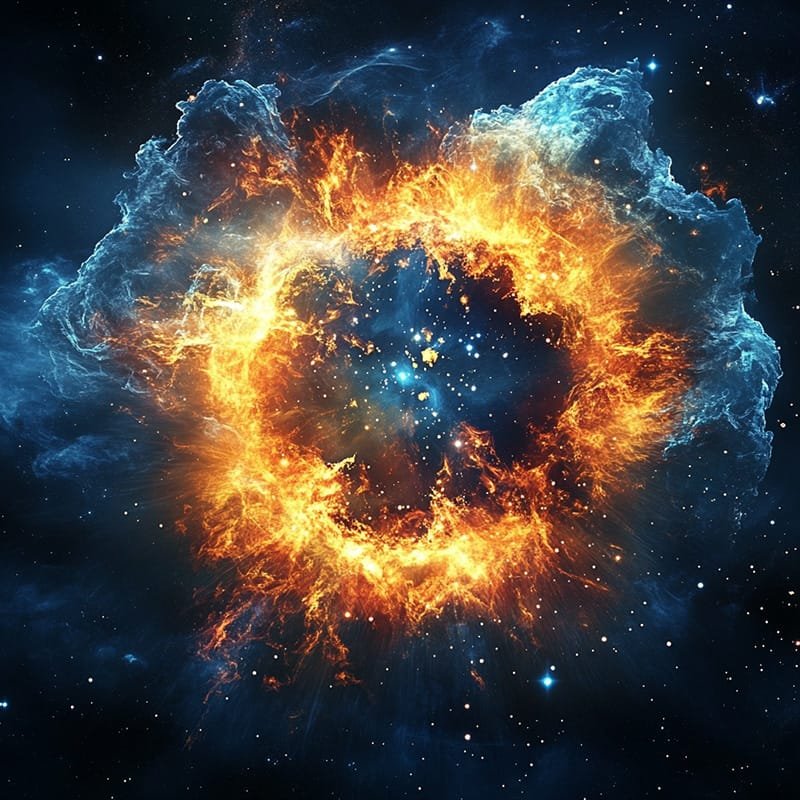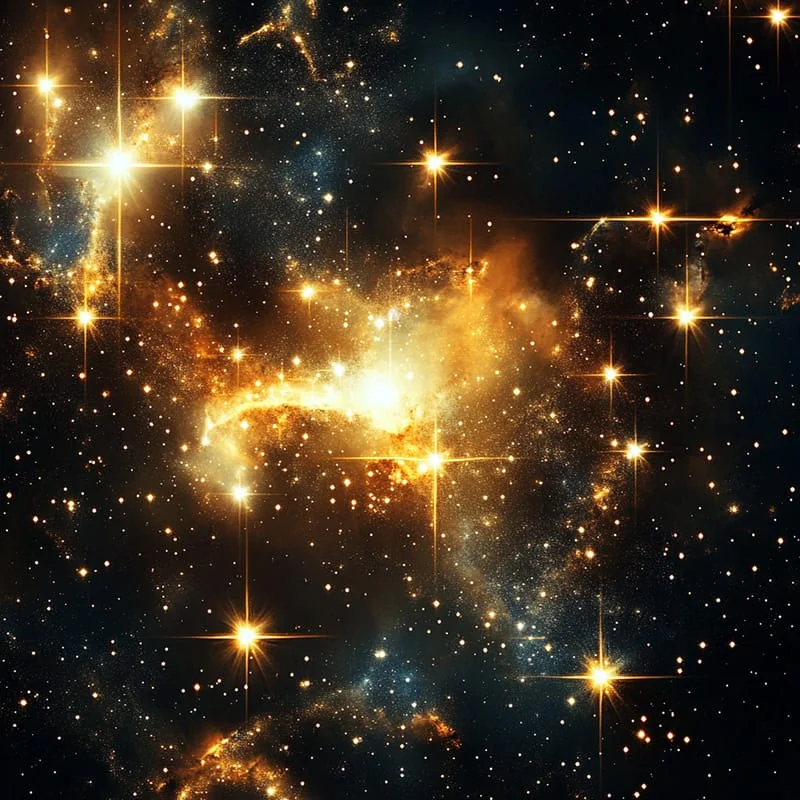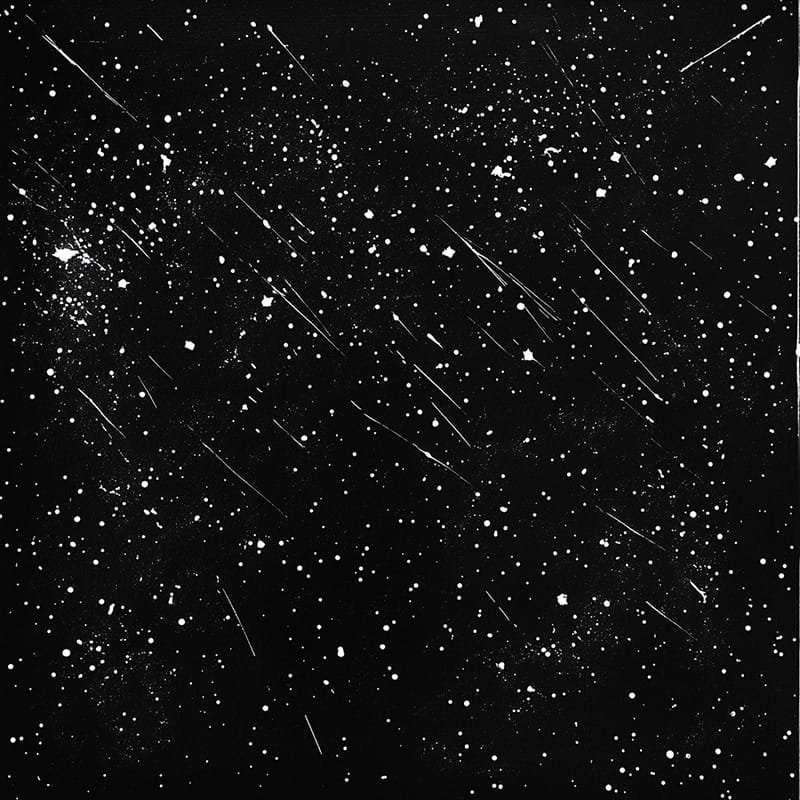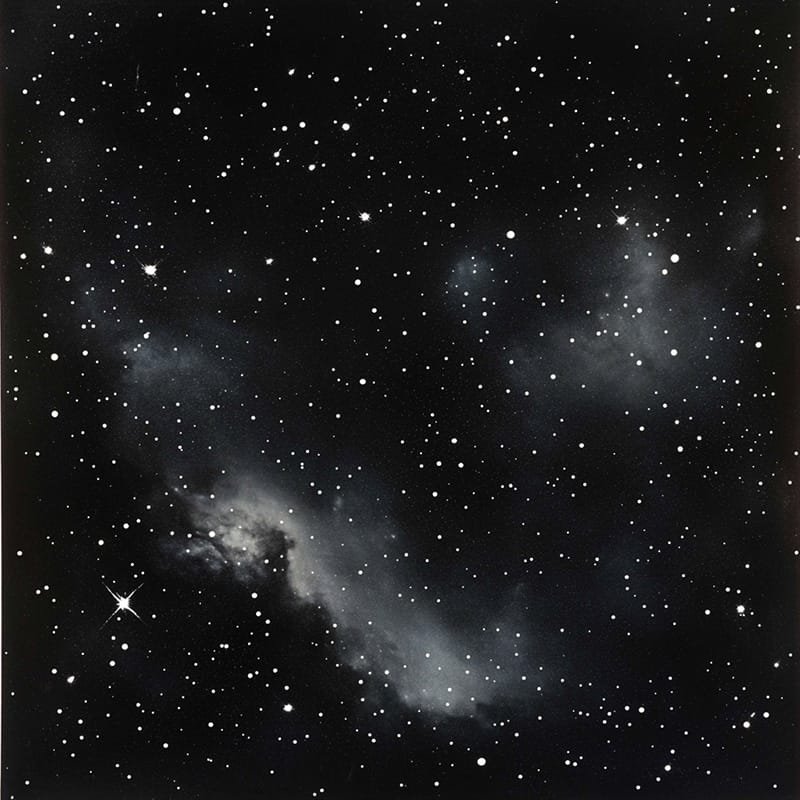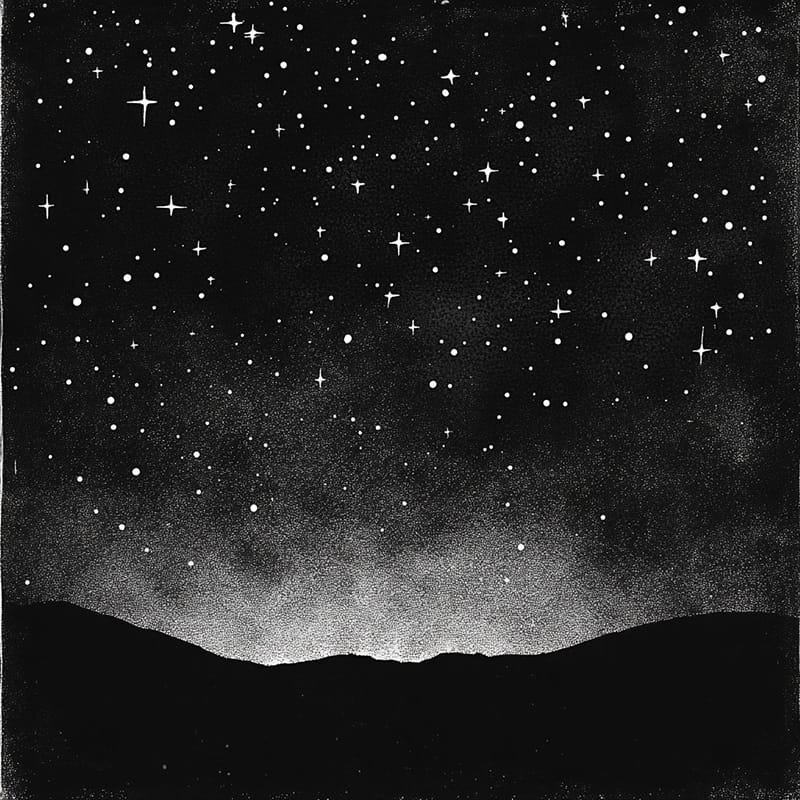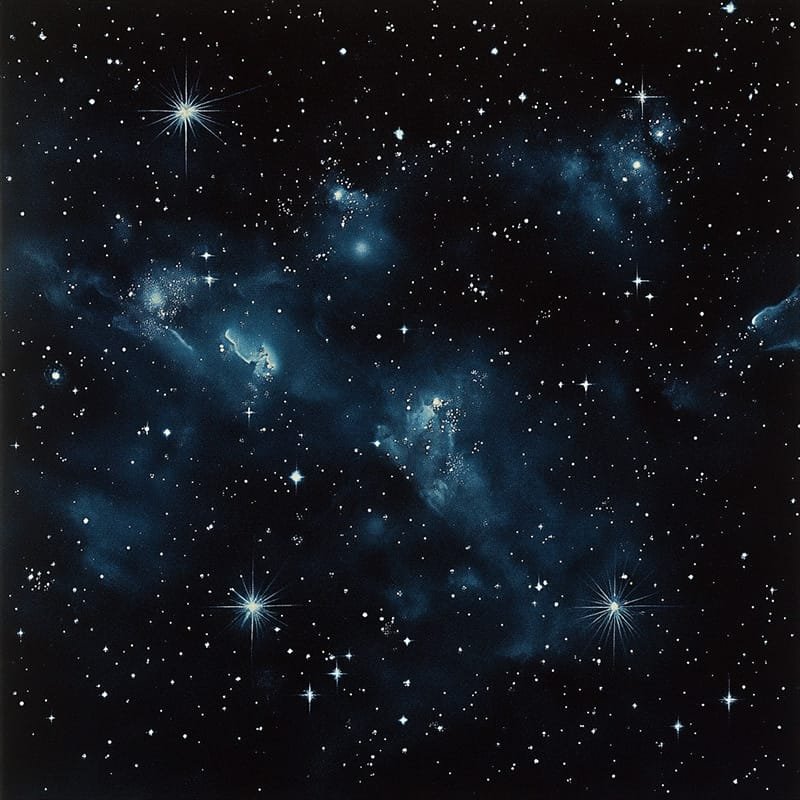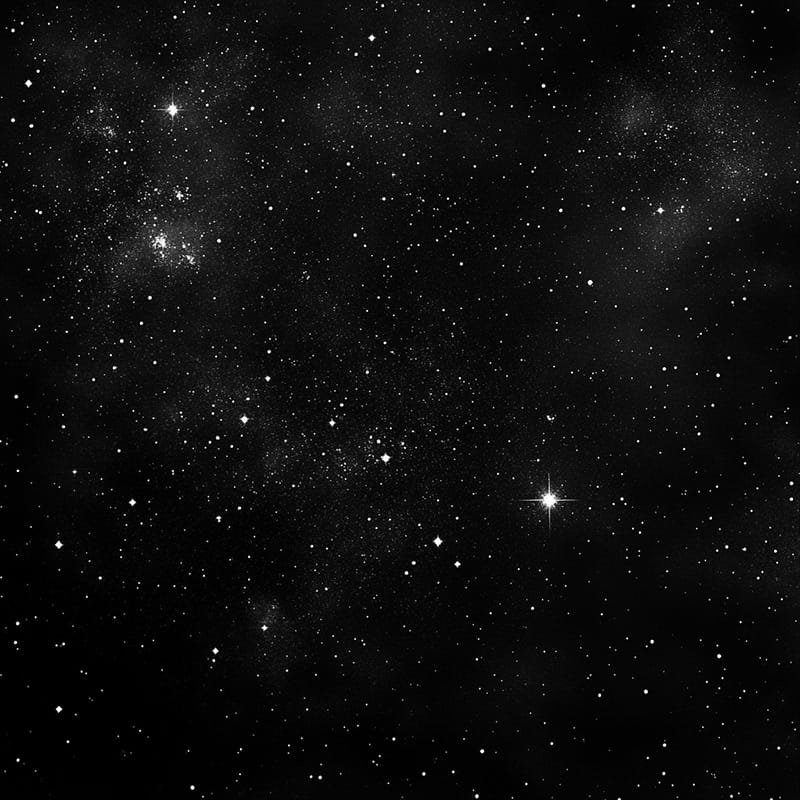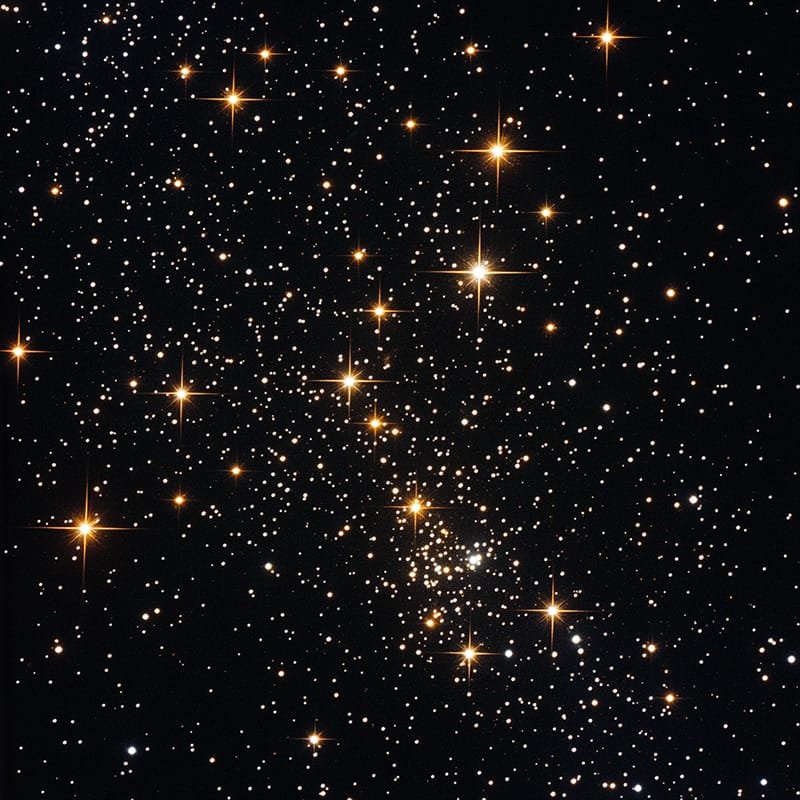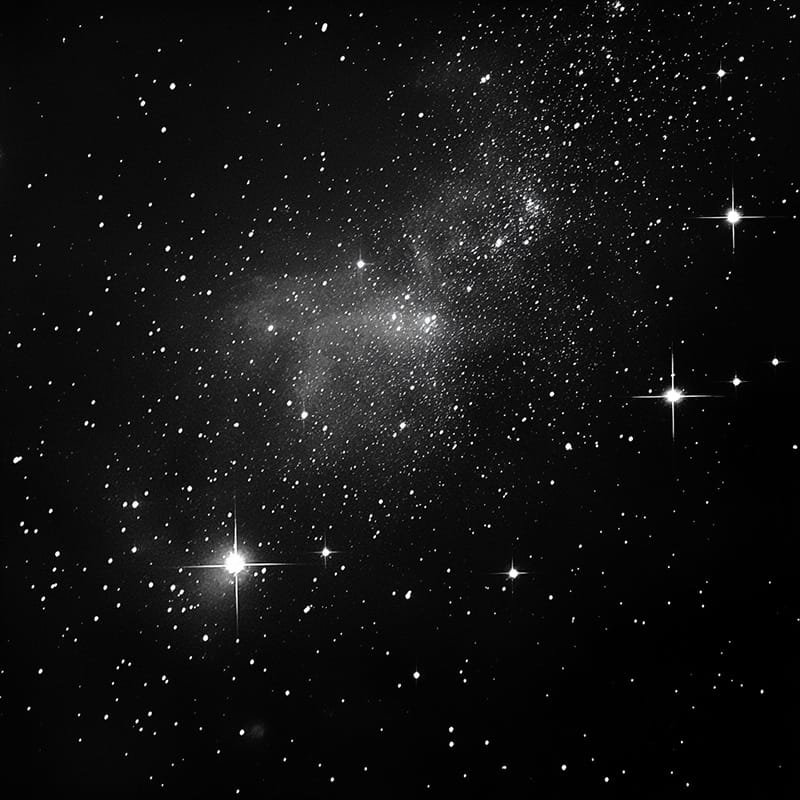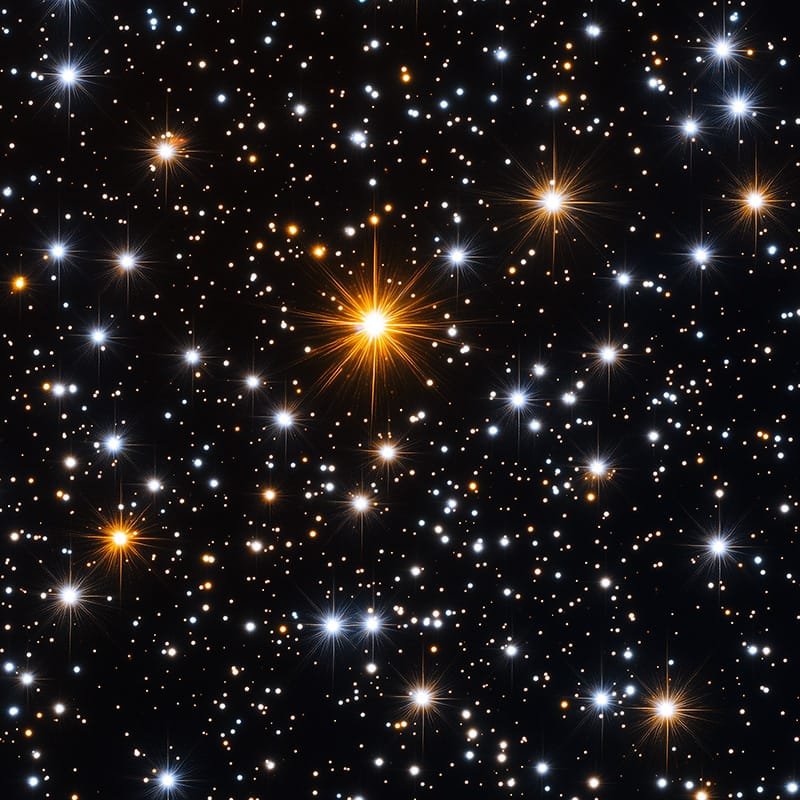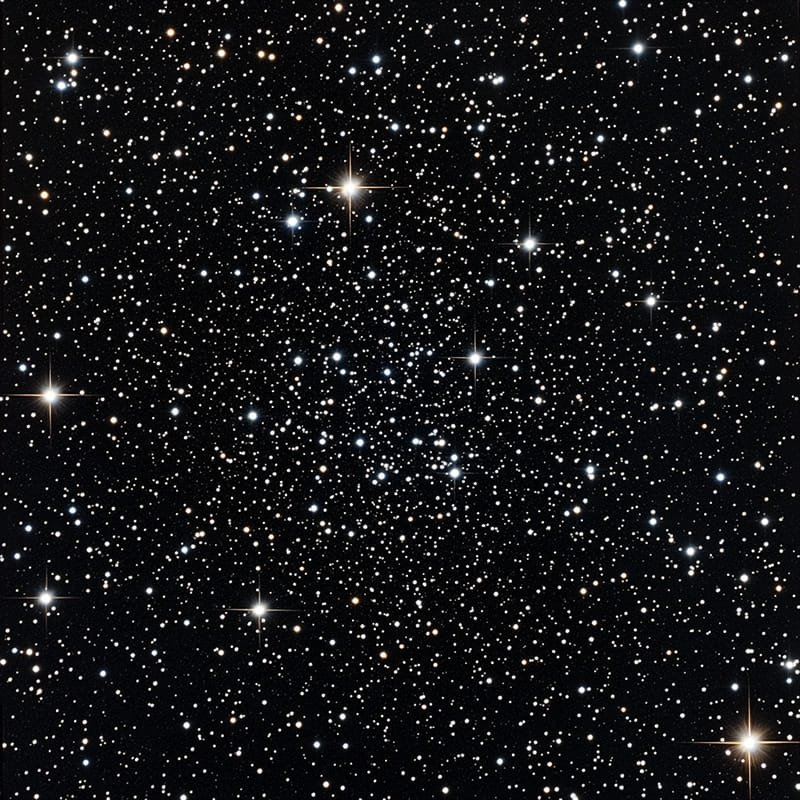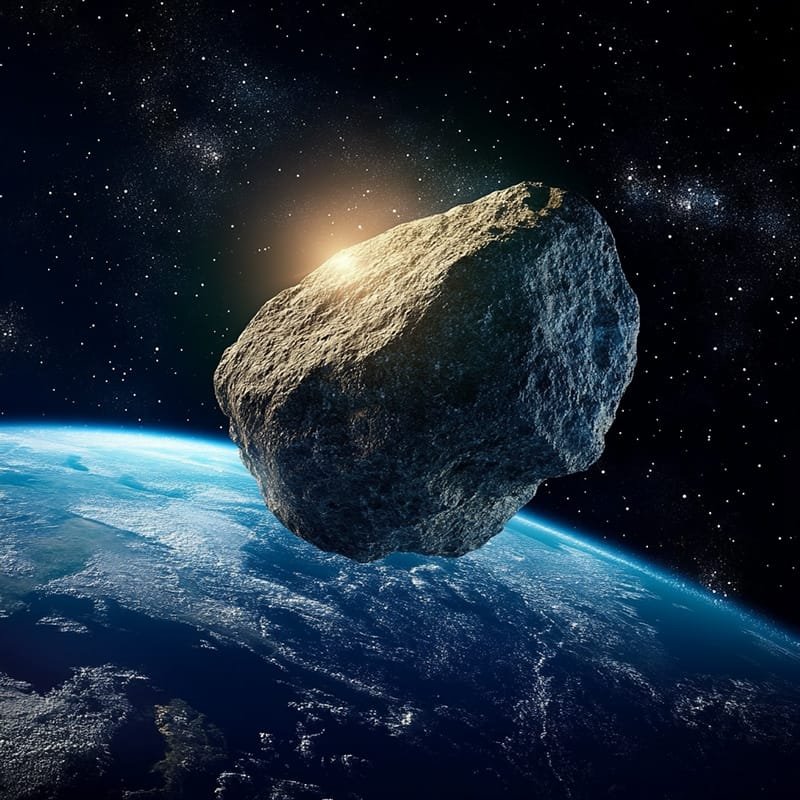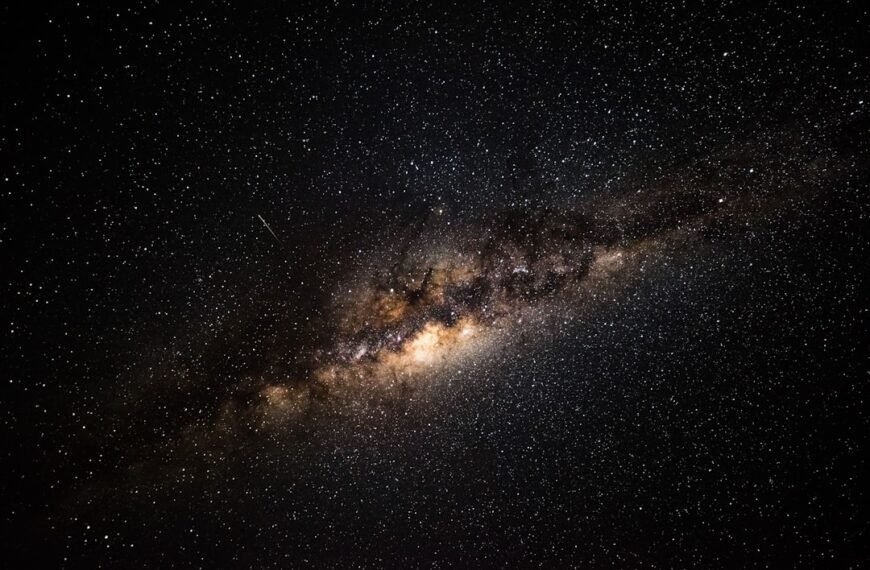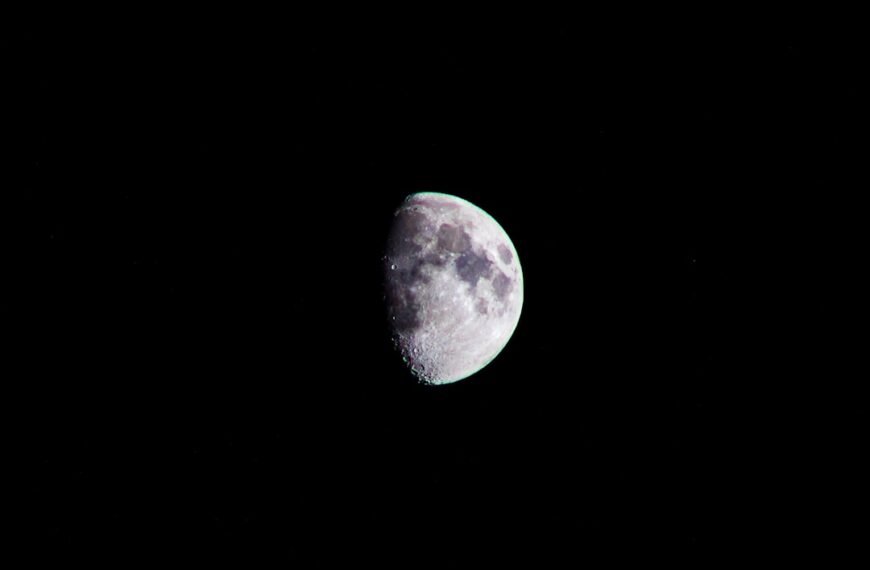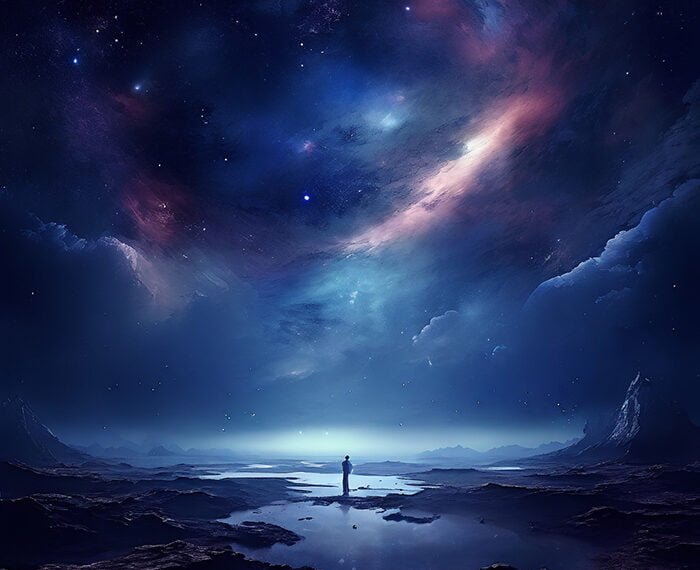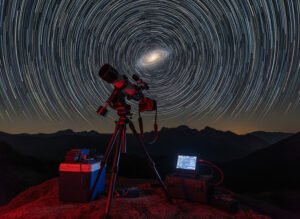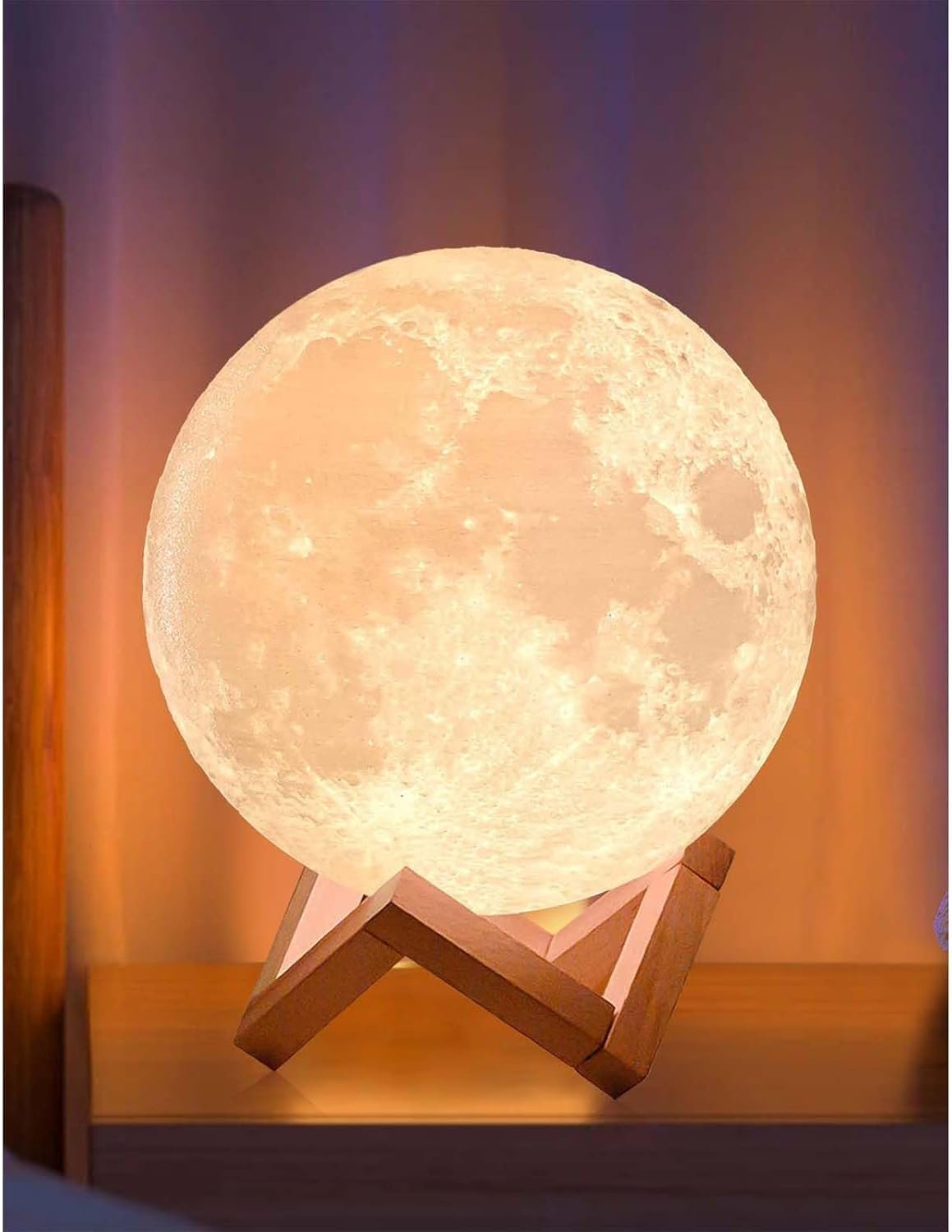Explore the coolest types of stars in the universe! Discover brown dwarfs, red dwarfs, and mo re. Dive into stellar diversity today!
The Coolest Types of Stars in the Universe
Key Takeaways:
- Stars are diverse celestial objects that vary in size, temperature, and lifespan.
- The coolest stars include brown dwarfs, red dwarfs, and exotic theoretical stars like Thorne-Zytkow objects.
- Blue giants, while extremely hot, are some of the most fascinating stars due to their size, brightness, and short lifespans.
- Unique phenomena like hypervelocity stars and magnetars add to the intrigue of stellar diversity.
- Understanding stars helps us learn more about the universe’s evolution and the cosmic processes that shape it.
Why Stars Fascinate Us
Stars are the building blocks of the universe. They light up the night sky, fuel the creation of planets, and play a critical role in the cosmic lifecycle. From the smallest, dimmest stars to the largest, most luminous giants, stars come in a variety of types, each with unique characteristics. In this blog, we’ll explore the coolest types of stars—both in terms of temperature and their fascinating properties.Whether you’re an astronomy enthusiast or just curious about the universe, this guide will take you on a journey through the most intriguing stars in the cosmos.
What Are Stars?
Stars are massive spheres of plasma held together by gravity. They generate energy through nuclear fusion, converting hydrogen into helium in their cores. This process releases immense amounts of light and heat, which is why stars shine.Stars are classified based on their temperature, size, and brightness. The Hertzsprung-Russell diagram is a tool astronomers use to categorize stars, ranging from the hottest blue stars to the coolest red and brown dwarfs.
The Coolest Types of Stars
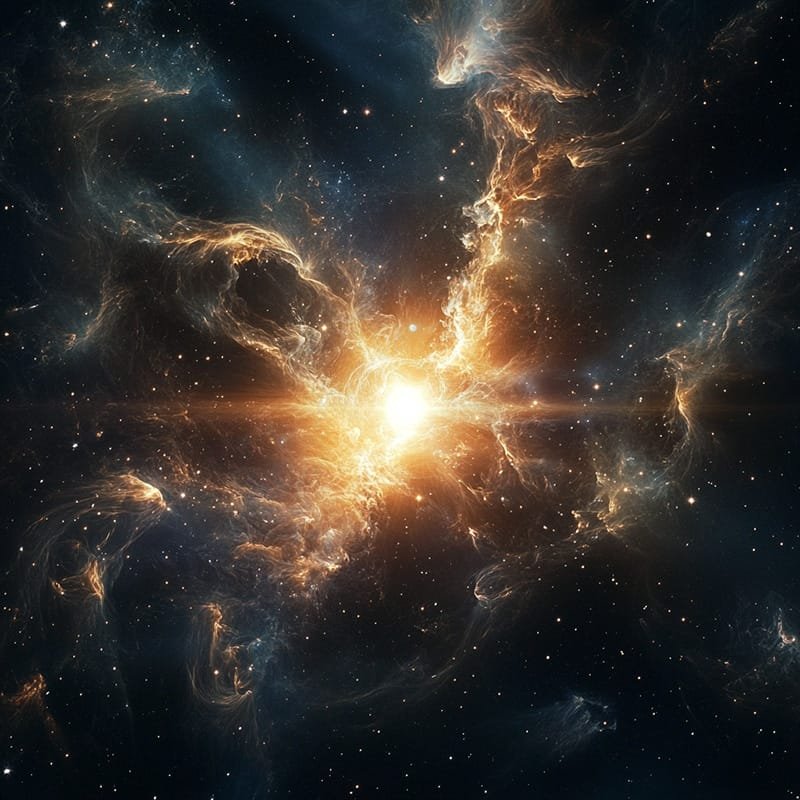
1. Brown Dwarfs: The Failed Stars
Brown dwarfs are often referred to as “failed stars” because they are too small to sustain nuclear fusion in their cores. With surface temperatures as low as 500–2,000 Kelvin, they are among the coolest stars in the universe. These objects are dim and difficult to detect, often emitting most of their light in the infrared spectrum.
Why Are Brown Dwarfs Cool?
- They lack the mass needed to ignite hydrogen fusion.
- They are often found floating alone in space or orbiting larger stars.
- Some brown dwarfs, like WISE 0855−0714, have temperatures comparable to Earth’s atmosphere, making them incredibly unique.
Brown dwarfs blur the line between planets and stars, offering insights into the formation of both.
2. Red Dwarfs: The Longest-Living Stars
Red dwarfs are small, cool stars with surface temperatures between 2,500–4,000 Kelvin. They are the most common type of star in the universe, making up about 70–80% of all stars.
Key Features of Red Dwarfs:
- They burn their fuel slowly, giving them lifespans of trillions of years—far longer than the Sun’s 10-billion-year lifespan.
- Proxima Centauri, the closest star to Earth after the Sun, is a red dwarf.
- Despite their abundance, red dwarfs are faint and hard to see with the naked eye.
Red dwarfs are fascinating because their long lifespans mean they could host planets with the potential for life.
3. Blue Giants: The Brightest and Most Massive Stars
While not “cool” in temperature, blue giants are undeniably some of the coolest stars in terms of their sheer power and beauty. These stars are massive, hot, and incredibly luminous, with surface temperatures exceeding 10,000 Kelvin.
Why Are Blue Giants Fascinating?
- They are short-lived, burning through their fuel in just a few million years.
- They often end their lives in spectacular supernova explosions, leaving behind neutron stars or black holes.
- Examples include Rigel in the Orion constellation and Zeta Puppis.
Blue giants play a crucial role in enriching the universe with heavy elements through their explosive deaths.
4. Exotic Stars: The Strangest Objects in the Universe
Thorne-Zytkow Objects (TZOs)
Thorne-Zytkow objects are theoretical stars formed when a neutron star merges with a red supergiant. While none have been confirmed, they are thought to have unique chemical signatures that set them apart from other stars.
Magnetars
Magnetars are a type of neutron star with incredibly strong magnetic fields—trillions of times stronger than Earth’s. These stars emit bursts of X-rays and gamma rays, making them some of the most extreme objects in the universe.
Hypervelocity Stars
Hypervelocity stars are stars ejected from their galaxies at speeds exceeding 1 million miles per hour. These stars are rare and often the result of interactions with black holes.
How Stars Shape the Universe
Stars are more than just points of light in the sky—they are engines of creation. Here’s how they impact the cosmos:
- Element Formation: Stars create heavier elements like carbon, oxygen, and iron through nuclear fusion. These elements are essential for life and are spread throughout the universe when stars die.
- Planet Formation: Stars provide the energy and materials needed to form planets.
- Galactic Evolution: The life and death of stars drive the evolution of galaxies, influencing their structure and composition.
Fun Facts About Stars
- The Sun: Our Sun is a G-type main-sequence star, often called a yellow dwarf. It’s about halfway through its 10-billion-year lifespan.
- Largest Star: UY Scuti is the largest known star, with a radius over 1,700 times that of the Sun.
- Brightest Star: Sirius, also known as the Dog Star, is the brightest star in the night sky.
- Oldest Star: HD 140283, nicknamed the “Methuselah star,” is estimated to be 14 billion years old—nearly as old as the universe itself.
Why Stars Matter
Stars are not just beautiful—they are essential to understanding the universe. From the smallest brown dwarfs to the most massive blue giants, each type of star tells a story about the cosmos. By studying stars, we learn about the origins of elements, the formation of planets, and the forces that shape galaxies.Whether you’re gazing at the night sky or diving into the latest astronomical discoveries, stars remind us of the vastness and wonder of the universe. So next time you look up, take a moment to appreciate the incredible diversity of stars lighting up the cosmos.
Want to learn more about stars and the universe? Subscribe to our blog for the latest updates on astronomy, space exploration, and cosmic phenomena. Let’s explore the stars together!
